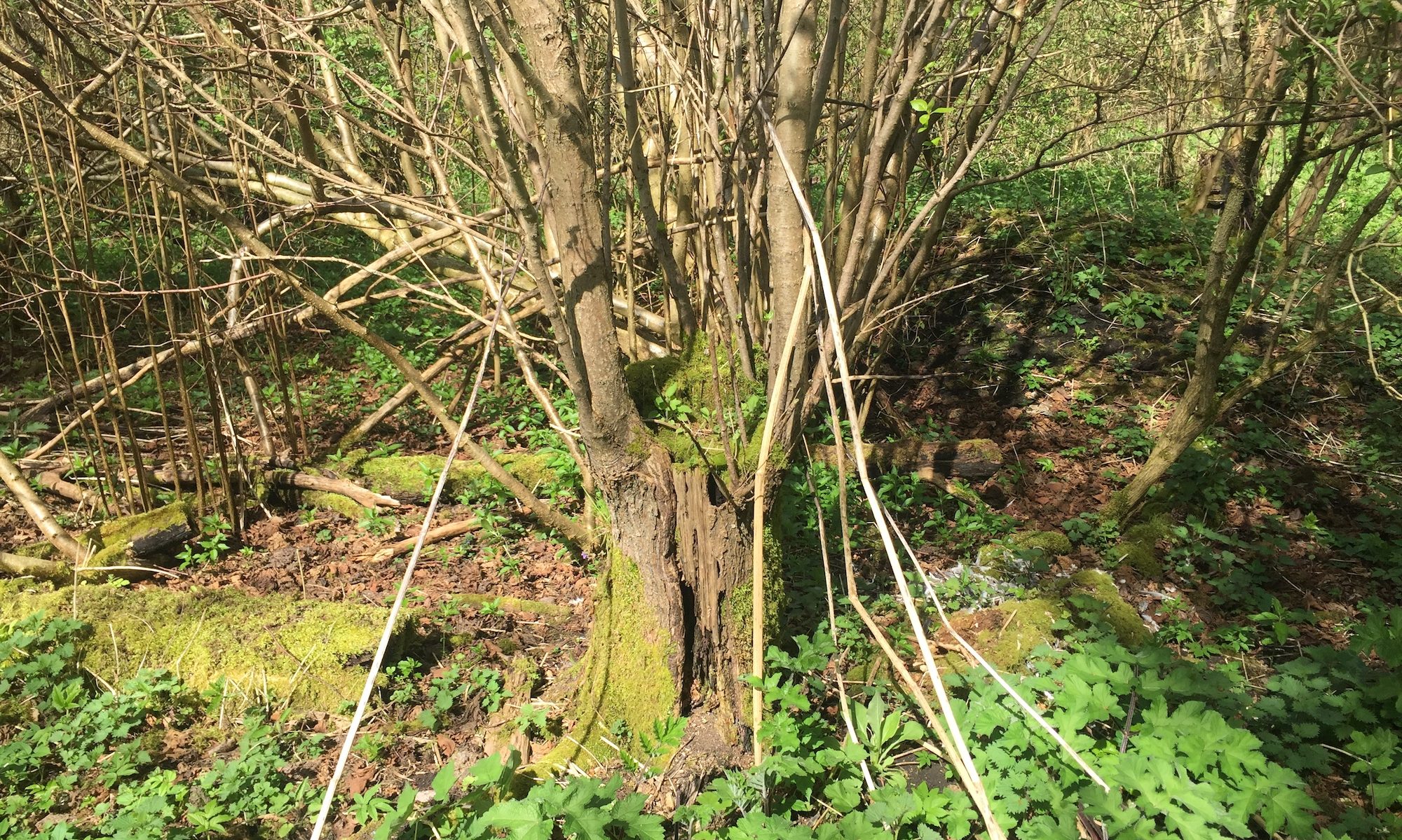This has been a week of flooding in Shropshire and much of the rest of the country. At Century Wood, the water levels have been higher as they usually are in winter, and our seasonal ponds where the water table breaks through the surface, are back.
Here are two contrasting photos of one of the boundary ditches: on the left, to show the depth of the ditch, here it is empty during the drought year of 2011 when I believe water was diverted for irrigation; and almost overflowing this week. That fallen log is the standing tree with the fork in the 2011 photo.


There is normally a foot or two of water in that ditch all year round. This next photo is of another drainage ditch which is normally dry but fills up and then starts flowing when there are floods. A bit back from the ditch is a dead tree with orange fruiting bodies from the fungi consuming the rotting timber inside. The fungus is something like Velvet Shank.
Continue reading “Wet woodland”















